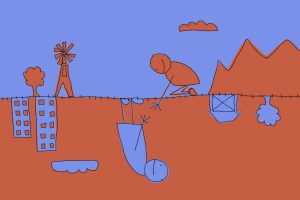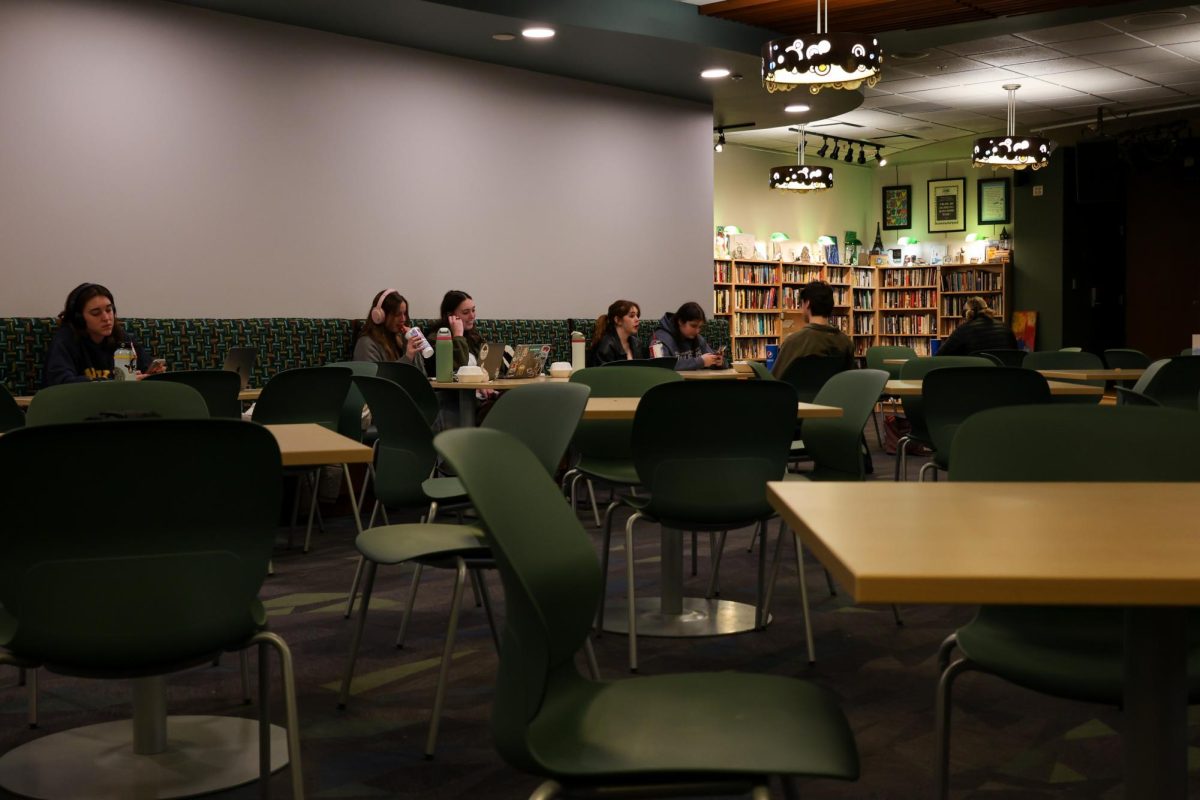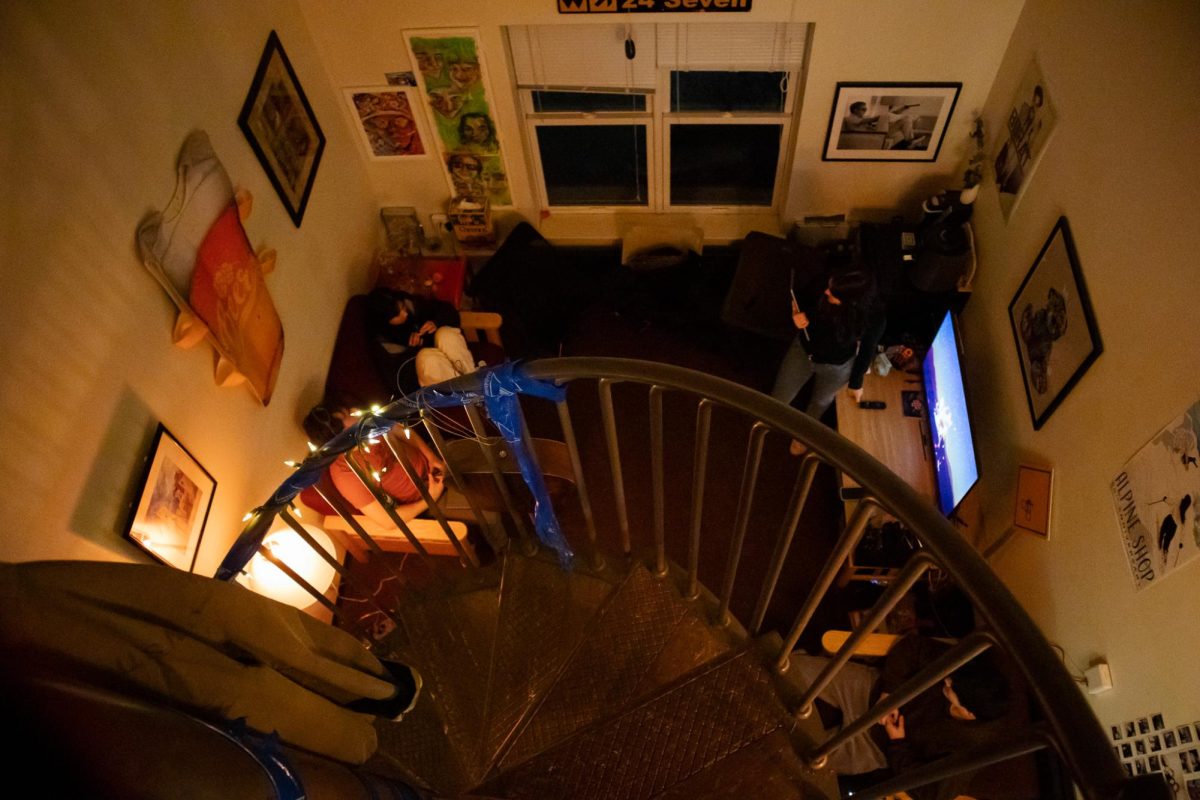After the death of sophomore Kendra Bowers while skiing at Sugarbush Resort, it poses the question of how dangerous skiing might be.
“Skiing is dangerous if you go too far out of your known limits,” sophomore Daniel Goodelman said.
“I’m not saying you shouldn’t try to get better by doing harder courses, but you must understand what is dangerous and what’s not dangerous,” Goodelman said.
There are definitely dangers on the mountains, and you have to be really aware of your surroundings, he said.
Vermont mountains have seen a handful of ski and snowboard fatalities within the past few years, according to a Cynic article Feb. 5.
Fatalities occurred at the Sugarbush Ski Resort in Warren, Vt., Mount Snow in West Dover, Vt. and Jay Peak Resort in Jay, Vt. in 2012, according to the article.
There was also one fatality in Killington, Vt. in 2013, one in Craftsbury, Vt. and one at Sugarbush in 2014, according the article.
The most recent fatality was Kendra Bowers’ death due to a skiing injury at Sugarbush Feb. 1, according to the article.
Approximately 40 people die skiing and snowboarding in the U.S. each year, professor Dr. Robert Johnson said.
Johnson specializes his research in skiing injuries.
The number of deaths is equivalent to one death in 750,000 people, he said.
The rate of death has not declined over the years even though wearing helmets on the slopes has become more common, Johnson said.
Helmets have not reduced the rate of death, but have rather changed the main cause of death, he said.
Instead of traumatic brain injury being the main cause of death, internal bleeding and trauma to the internal organs, particularly the liver, is what kills people, Johnson said.
Helmets are only designed to protect against impacts occurring at speeds of up to 14 miles per hour, he said.
Several recent studies have shown that wearing a helmet prevents minor injuries, like cuts and major head injuries, like concussions, Johnson said.
“But a helmet won’t help you if you hit a tree going 40 miles an hour,” he said.
First-year Emma Paisley said she thought that one would be better off wearing a helmet anyway.
“My dad got hurt three times. He broke his leg once, tore his ACL and then broke his neck, but he’s still skiing,” she said.
“Wearing a helmet is obviously important. And you have to be aware of what you’re doing,” Paisley said.
Johnson also said that skiers hurt their ACL at much higher rates than snowboarders, whereas snowboarders have a higher risk of fracturing their wrists.
Snowboarders do have a slightly higher injury rate than skiers, he said.
Skiers have an injury rate of about one injury in 2,500 people, Johnson said.
Snowboarders tend to throw out their hands to catch themselves when they fall, which can sometimes hurt one’s wrists, arms and hands, he said.
The way bindings for skis are designed does not allow for them to release when the ACL is strained.
This aggravates the problem, Johnson said.
The ACL can snap, crack, pop or tear, and one can usually hear these sounds when they happen, he said.
Most ACL injuries may not actually require reconstructive surgery, but most people, especially young people, opt for surgery to rebuild their ACL, Johnson said.
One can still run and ski without an ACL, but without as much agility as before.
Sophomore Maya Donoghue partially tore her ACL playing soccer.
“Because it was just partial I only did physical therapy, no surgery,” Donoghue said.
First-year Austin Wilkes also popped his ACL.
“It was practice for the free ski team. I landed on the edge of the trampoline, and my knee just buckled in.
“It just popped. I felt it and heard it. I knew right away it was my ACL,” Wilkes said.
Rates of these specific injuries have gone down over the past 10 years, Johnson said.
There was a lot of concern about the dangers of terrain parks among sports doctors, he said.
But several studies have shown that park skiing is not significantly more dangerous than regular skiing.
“It’s just not the big disaster we were afraid of. The park is designed and tested by people who know what they are doing,” Johnson said.
People should make sure the tightness of their bindings matches their height and weight and that their equipment is well maintained, he said.
Overall people should use common sense and always remember that people going down the slopes have the right of way, Johnson said.
“Don’t be an idiot. Ski in control. Push your limits but don’t leap over them,” first-year Paolo Filho said.
















